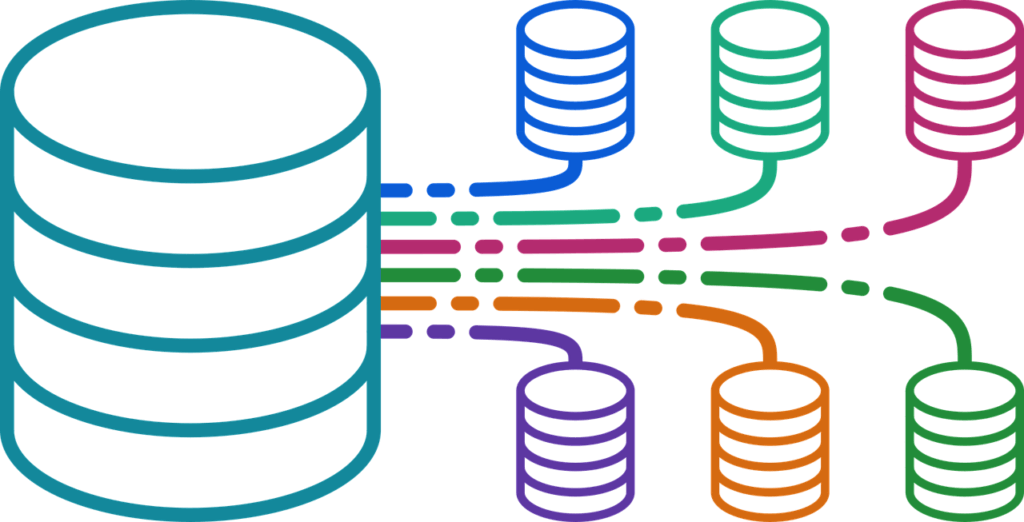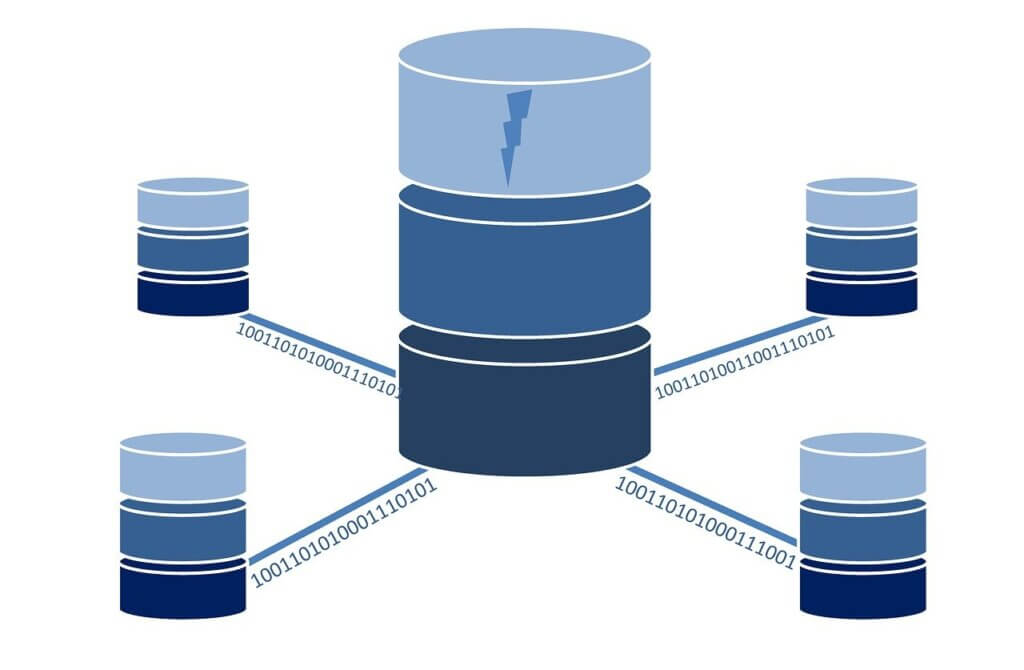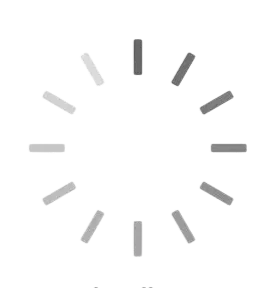Table of Contents
ToggleIntroduction to Subnetting
Subnetting is a fundamental concept in computer networking that involves dividing a single large network into smaller, manageable sub-networks, known as subnets. This process helps in efficiently utilizing available IP addresses and optimizing network performance.
Subnetting Basics
In order to understand subnetting, it’s essential to grasp the concept of IP addresses. An IP address is a numerical label assigned to each device connected to a computer network. Subnetting involves dividing the IP address space into smaller segments using subnet masks, which determine the network and host portions of the address.
Subnetting Techniques
There are various techniques used in subnetting, including classful and classless subnetting. Classful subnetting divides IP address space into predefined classes, whereas classless subnetting allows for more flexibility in subnet design. Variable-Length Subnet Masking (VLSM) and Classless Inter-Domain Routing (CIDR) notation are common methods used in classless subnetting.
Benefits of Subnetting
Subnetting offers several benefits, including efficient use of IP addresses, improved network performance, and enhanced security. By dividing a large network into smaller subnets, organizations can allocate IP addresses more effectively and minimize broadcast traffic, leading to better overall network performance. Additionally, subnetting enhances security by isolating different segments of the network and enabling finer control over access and traffic flow.
Subnetting Examples
Let’s consider an example of subnetting a network with the IP address range 192.168.0.0/24. By subnetting this network, we can create smaller subnets with unique network addresses, allowing for better organization and management of network resources. Calculating subnets and hosts within each subnet involves applying subnetting rules and performing binary calculations.
Subnetting Best Practices
Proper planning and documentation are essential for successful subnetting. Organizations should carefully plan their subnetting strategy based on current and future network requirements, considering factors such as scalability, security, and ease of management. Documenting subnet configurations and regularly reviewing and updating them are crucial for maintaining an efficient and secure network infrastructure.
Common Subnetting Mistakes
Some common mistakes in subnetting include overlooking network growth, subnetting without a clear understanding of the underlying principles, and neglecting security considerations. It’s important to anticipate future network expansion and plan subnetting accordingly to avoid running out of available IP addresses or encountering scalability issues.
Advanced Subnetting Concepts
Advanced subnetting concepts include supernetting and route aggregation, which involve combining multiple smaller subnets into larger ones for more efficient routing. Subnetting in IPv6 networks follows similar principles but with different address formats and considerations. In complex network architectures, subnetting may involve hierarchical designs and intricate routing protocols.
Tools for Subnetting
Various tools and resources are available to aid in subnetting, including subnet calculators, network simulation software, and online tutorials. These tools assist network administrators in planning, implementing, and troubleshooting subnet configurations, making the subnetting process more efficient and error-free.
Future Trends in Subnetting
The future of subnetting is closely tied to advancements in automation, artificial intelligence, and cloud networking. Automated subnet provisioning and management tools will streamline the process of subnetting, while AI-driven algorithms will optimize subnet designs for performance and security. As organizations increasingly migrate to cloud-based environments, subnetting will play a crucial role in designing scalable and resilient network architectures.
Conclusion
In conclusion, subnetting is a fundamental concept in networking that involves dividing a large network into smaller, manageable subnets. By efficiently allocating IP addresses and organizing network resources, subnetting enhances network performance, scalability, and security. Understanding subnetting principles and best practices is essential for building robust and resilient network infrastructures.
FAQs on Subnetting
How do I determine the number of subnets needed for my network?
To determine the number of subnets required, consider factors such as the size of your network, anticipated growth, and organizational requirements. Divide the available IP address space into smaller subnets based on these considerations.Can I subnet an IPv6 network in the same way as IPv4?
While the principles of subnetting apply to both IPv4 and IPv6 networks, there are differences in address formats and subnetting techniques. IPv6 subnetting involves working with much larger address spaces and different subnetting rules compared to IPv4.What is the role of subnet masks in subnetting?
Subnet masks determine the network and host portions of an IP address. By applying a subnet mask to an IP address, you can identify the network ID and host ID, which are essential for routing and addressing within a subnet.Are there any limitations to subnetting?
While subnetting offers numerous benefits, it’s essential to consider potential limitations, such as increased complexity in network design and management. Subnetting requires careful planning and documentation to ensure optimal performance and security.How does subnetting contribute to network security?
Subnetting enhances network security by isolating different segments of the network and enabling finer control over access and
Do you like to read more Blog content? Read our blogs at PintoraBlogs








